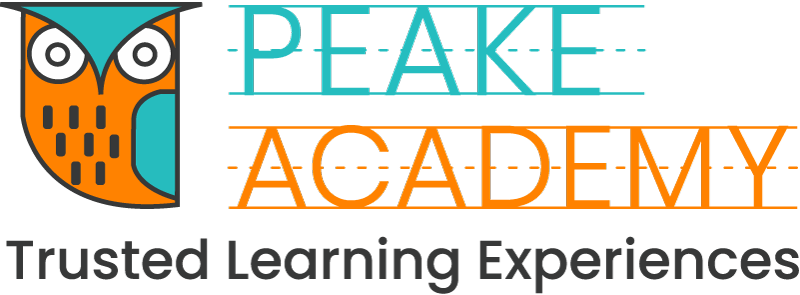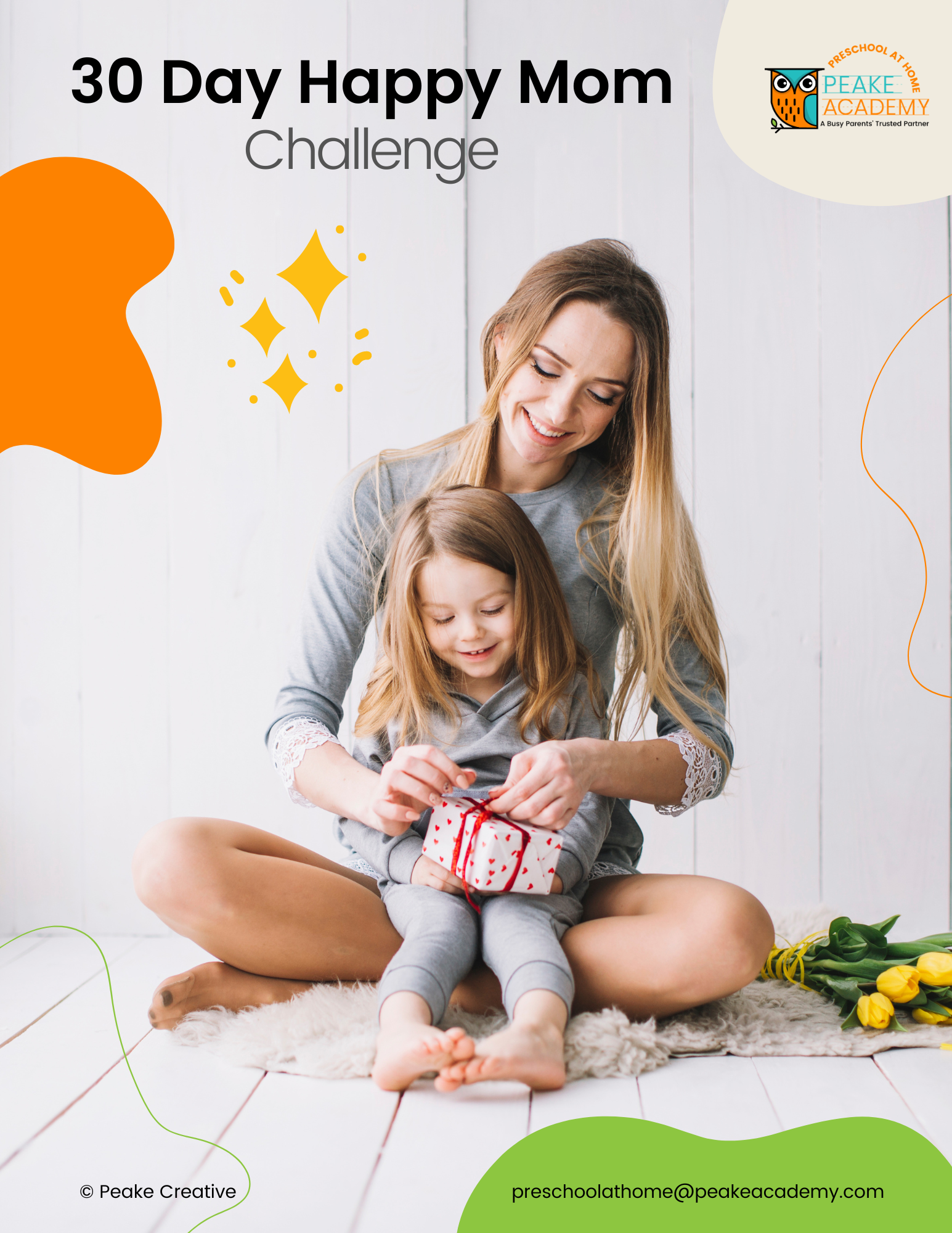The Best Tips for Creating a Successful Learning Space at Home
As a parent, you want nothing but the best for your children, and providing them with a conducive learning environment is one of the most significant investments you can make. Creating a learning space that promotes focus, productivity, and academic success can be a game-changer for your child's education journey. But where do you start?
At the heart of it all is the understanding that a well-designed learning space can help children be better equipped to absorb information and perform well in school. As teachers, we've seen firsthand the impact of a well-thought-out learning environment on a child’s academic performance. That's why we've put together our best tips to help you create a successful learning space at home.
Select a location based on your child's educational inclinations for maximum learning potential.
When you are setting up a learning space at home, it is important to choose the right location. Think about what your child likes and how they like to learn. Pick a spot that can help them focus and do their best when studying.
Block out all disruptions and remain focused.
Distractions can be a major hurdle when it comes to studying and learning. Take the time to eliminate any distractions in the learning space, such as TVs or gaming consoles. You may also want to consider soundproofing the area if possible.
Strike a balance between comfort and stimulation.
The learning space should be comfortable enough for your child to focus, but not so comfortable that it can become a place of distraction. Consider the seating arrangement and pick furniture that is suitable for studying.
Ensuring that your child's learning area is well-lit is an absolute must.
Good lighting is key to helping your child stay focused when studying. Consider the type of lighting that you use and make sure it is suitable for the area. Natural light can also be beneficial, so position the learning space near a window if possible.
Help your child stay organized and ready to learn by creating an orderly environment.
Make sure all the necessary school supplies, like pencils, paper, and calculators, are within easy reach. That way, your child can focus on what's important – learning and growing! Consider investing in storage solutions such as shelves, drawers, or baskets to make sure everything is kept organized and within easy reach.
Inspire your child to make their learning space a reflection of them, by adding colors and designs they love!
Creating a learning space at home can be a great way to help your child reach their academic goals. By following these tips, you can create an environment that is conducive to learning, helping your child succeed in school.
Whenever feasible, the study area should be kept exclusively for educational activities such as attending classes, completing assignments and reviewing lesson plans.
Make sure that you have a routine for when the learning space should be used to help keep your child on track and motivated.
Finally, remember that creating a successful learning space at home is not just about having the right furniture and supplies; it’s also about creating an atmosphere of support and encouragement. Talk with your child about their goals and help them stay motivated to reach those goals. With the right environment and attitude, studying at home can be a positive experience for your child.
Free Resource
Thank you for reading this content. And if you loved this post, please be sure to join our Parent Advisor Facebook group where we share more insights and community.
Everyone deserves self-care
The same goes for busy moms like you. So let's do it together and create a healthy habit!
Join the 30-Day Happy Mom Challenge Today!
Visit our Parent Advisor and The Buzz Blogs to learn more about related topics and parenting tips. You are welcome to join our private Parent Advisor Facebook group. It’s a growing community of parents and preschool teachers where you can learn and share more parenting tips.








